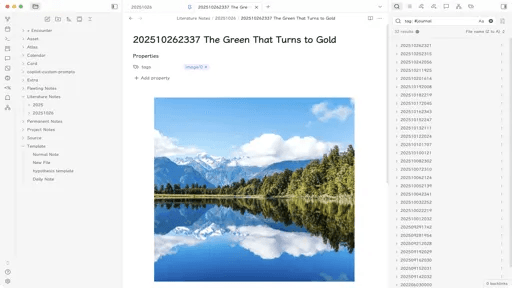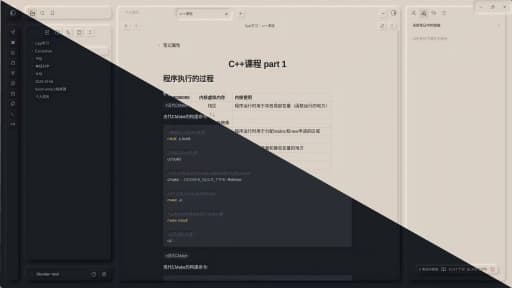#
- 1.Default TemplatePlugin2 days ago by raeperdfavoriteScore: 35/100Explain scoreAutomatically apply templates to new notes with user-configurable template selection.
- 2.Open in TerminalPlugin2 days ago by ChenFengfavoriteScore: 35/100Explain scoreOpen your vault in a new terminal window or launch Claude Code, Codex CLI, or Gemini CLI directly from a terminal.
- 3.Asciinema PlayerPlugin2 days ago by Dinu GhermanfavoriteScore: 35/100Explain scoreEmbed local and remote Asciinema asciicast files in Markdown notes.
- 4.Remember ScrollpositionPlugin2 days ago by s-blufavoriteScore: 35/100Explain scoreRemembers the scroll position in your notes and returns you to your last position upon opening a note.
- 6.BrutalistTheme3 days ago by DuckTapeKillerfavorite

- 7.OxygenTheme3 days ago by davidvkimballfavorite

- 8.QuietusTheme3 days ago by yuanzhixiangfavorite

- 9.NichNeumorTheme3 days ago by Nichtigottfavorite
